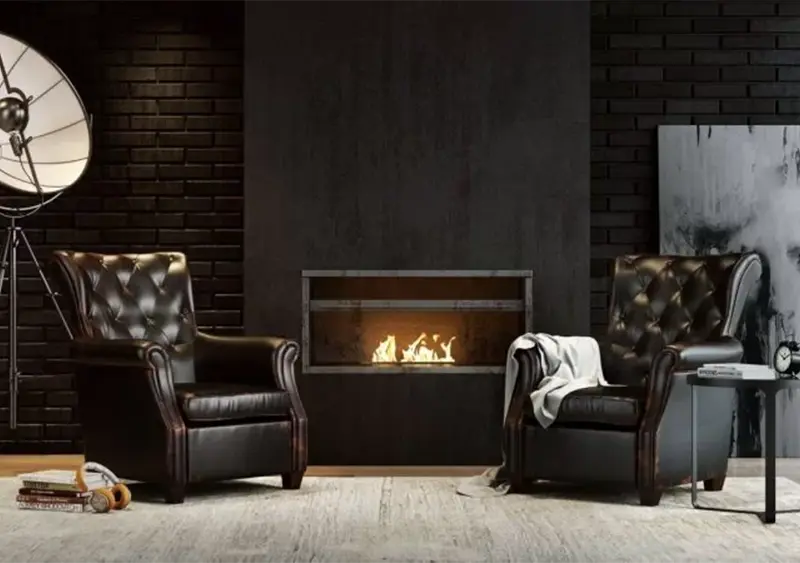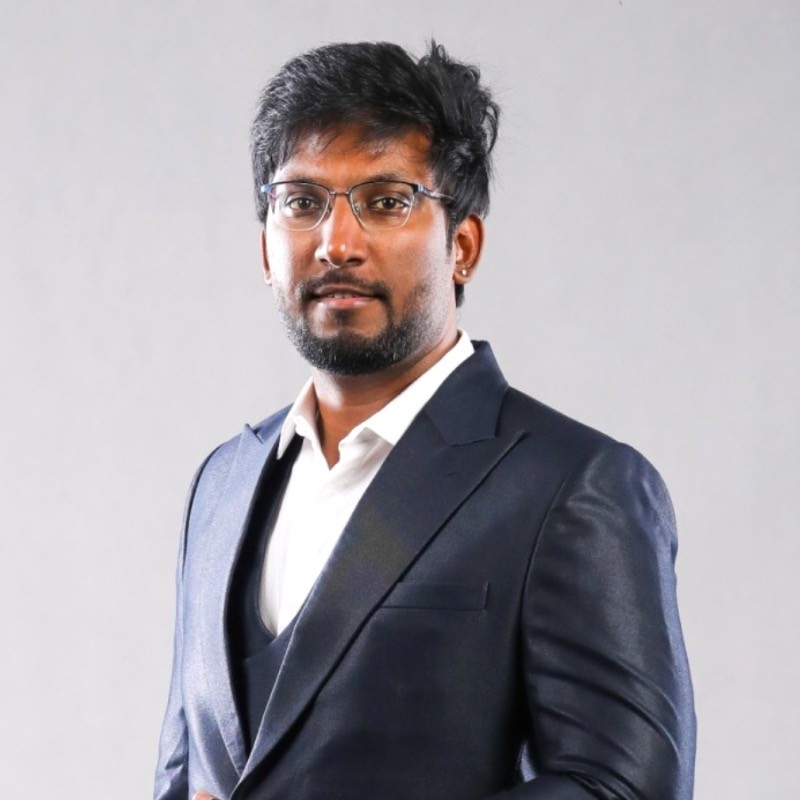Product Photography vs 3D Modeling: Which One Should You Choose?
Choose the Right Visual. Start Now!

6 MIN READ
July 24, 2025

Written By
Sasikumar Janakiraman
If you’ve been torn between hiring a photographer and commissioning a 3D artist, this article will help you make a confident, informed decision. We’ll break down how each option works, where they shine, and what makes one better than the other depending on your product, budget, and business goals.
The Core Difference: Real vs Rendered
What is Product photography?
Product photography involves capturing the actual physical product in a controlled studio setup. Think lighting, lenses, props, backdrops, the whole deal. It gives you authentic visuals grounded in real-world lighting and textures. It’s the oldest and most familiar way to showcase a product.
What is 3D modeling?
3D modeling, on the other hand, skips the camera altogether. Instead, designers build a virtual version of your product using specialized software. That digital model is then rendered into photorealistic visuals that can mimic the look of a traditional photo but offer far more control and flexibility.
How Do They Compare?
Let’s look at the most important factors businesses consider when making this decision.
Here’s a side-by-side breakdown:
|
Feature |
Product Photography |
|
|
Revisions |
Requires re-shoots |
Digital updates are easy and fast |
|
Time to Produce |
Slower (coordination + editing) |
Faster once the model is made |
|
Scalability |
Complex for variants |
One model = unlimited variations |
|
Customization |
Limited to what's physically shot |
Fully customizable (colors, angles, lighting) |
|
Ideal For |
Fashion, food, lifestyle visuals |
Furniture, tech, modular products |
|
Realism |
Natural textures and light |
Photorealistic with good rendering |
|
AR/VR Use |
Not compatible |
Fully compatible with AR/VR |
|
Setup Cost |
Moderate to high (logistics, gear, studio) |
Moderate (3D model creation) |
The biggest takeaway? 3D modeling becomes exponentially more powerful the more you scale. If you have 50 product variants and want all of them in five different angles, 3D saves time, money, and effort. But if your goal is to capture emotion or human interaction like a skincare product being used, photography still holds its edge.
Which One Suits Your Product?
Let’s break this down even further.
If you’re selling clothes, food, skincare, or anything that requires emotional or tactile appeal, traditional photography works well. Customers want to see how a shirt falls on a body or how a cream looks when applied. These are hard to simulate convincingly in 3D at least not without heavy investment.
But if you're in furniture, electronics, or home decor, the tables turn 3D modeling is essential for online shopping, giving you creative control over lighting, materials, and product angles. You can swap finishes, rotate views, and even create an interactive experience all from the same model.
One of the clearest examples of this shift is IKEA. Back in 2014, over 75% of their product catalog was already 3D rendered, and today, that number is likely even higher. Why? Because 3D allows them to create stunning visuals faster, at scale, and with full control over consistency.
Time-to-Market and Flexibility
Time is a luxury that growing brands often don’t have.
With photography, you’re bound by studio availability, weather conditions (if it’s outdoor), shipping timelines, and coordination with models or stylists. Every product change might mean a reshoot. Every packaging tweak could delay campaigns.
3D modeling flips this entirely. Once a product is modeled, any number of renders from different angles, backgrounds, or lighting can be generated within hours. You can update a label, change the texture, or test a seasonal variant without touching a physical prototype.
For fast-moving D2C brands or startups that pivot often, this kind of agility is a game-changer.
Brand Experience: Static vs Immersive
Here’s where 3D modeling becomes more than just a cost-saving tool.
It opens the door to immersive brand experiences:
- 360° product views
- AR-based “try-before-you-buy” tools
- Interactive demos for complex products
- Exploded views to show inner components
In fact, Shopify reported that products with 3D or AR content can see up to 94% higher conversion rates than static images. That’s not a small boost, it's a major shift in how 3D models boost eCommerce engagement and sales.
Product photography, no matter how beautiful, is still static. It can’t deliver interactivity. It can’t adapt to the growing demand for personalization or virtual engagement.
Can You Use Both?
Absolutely. Many of the best brands do.
Photography excels in lifestyle imagery, human emotion, environmental shots, model-based visuals. Think Instagram or billboards.
3D modeling dominates in technical, ecommerce, and scalable environments where product variation, customization, and digital engagement are key.
You might shoot your hero banner photo with a photographer but rely on 3D for your online catalog, AR features, and social media ads. This hybrid approach gives you the best of both worlds creativity and control.
Final Thoughts:
The truth is, there’s no one-size-fits-all answer here. What works for a luxury fragrance line won’t work for a modular furniture brand. What you need is a visual strategy not just a content type.
Ask yourself:
- Do you have multiple SKUs or product variants?
- Will you need frequent changes or customizations?
- Are you planning AR/VR experiences in the future?
- Do you need content for multiple digital channels at scale?
If you said yes to most of those, 3D modeling is the clear choice.
If you're focused on emotional appeal, high-touch branding, or real-world environments, photography can still deliver the best.
Or, if you're like most evolving brands, you'll likely end up using both strategically, based on the use case.Still unsure which path is right for your brand?
Talk to our experts at Zealous. We’ll help you weigh the pros and cons for your specific product line and even show you real examples of brands that scaled faster with 3D modeling.
Zealous is India's leading 3D product rendering company, delivering lifelike visuals, AR-ready models, and digital experiences that drive results.
About the writer :
Sasikumar Janakiraman, as the Creative Director at Zealous Services, brings a unique mix of creativity and technical ... skill. He’s passionate about 2D and 3D design, leading teams to create stunning 3D models and visualizations. Sasikumar loves working closely with clients, making sure their ideas come to life in the best possible way. His goal? To make design feel simple and exciting.
Read MoreFrequently Asked Questions (FAQ)
Can 3D modeling really replace traditional product photography?
In many cases, yes. 3D modeling now offers a photorealistic quality that rivals and often surpasses traditional photography. It’s especially effective for eCommerce, tech products, furniture, and anything that requires multiple views, customizations, or animations. That said, emotional storytelling with real models or organic products may still benefit from photography.
How much does 3D modeling cost compared to a photo shoot?
3D modeling may have a higher upfront cost (especially for the first model), but it becomes more cost-effective over time. Once the model is created, you can generate endless visuals without reshooting or physical handling. In contrast, photography costs increase with every variation or new shoot.
Is 3D modeling suitable for small businesses or startups?
Absolutely. Startups often need speed, flexibility, and cost-efficiency, all of which 3D modeling provides. It’s particularly useful if you're launching products online, need fast visuals, or don’t want to spend on repeated studio sessions.
Will my customers be able to tell if it’s a 3D render?
Not if it’s done right. Modern 3D rendering can achieve stunning levels of realism, including surface textures, lighting reflections, and product shadows. When handled by skilled artists (like the team at Zealous), your customers will only see beautiful, high-quality visuals, not the method behind them.
Can I use both photography and 3D visuals in my marketing?
Yes, and it’s often the best approach. Use photography for emotional or lifestyle shots, and use 3D for digital catalogues, configurators, AR/VR, and bulk variants. Many brands blend both to balance realism with scalability.